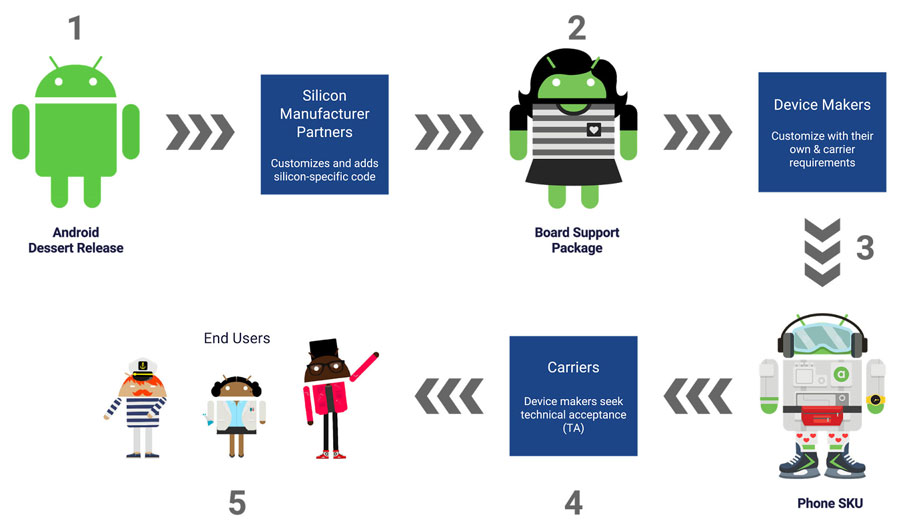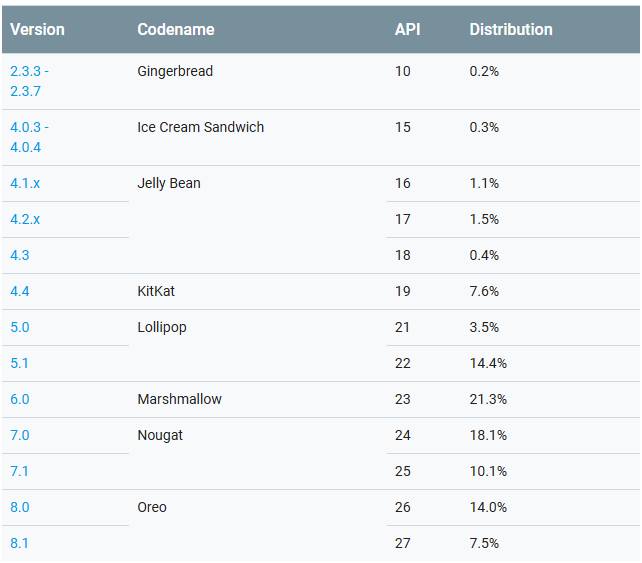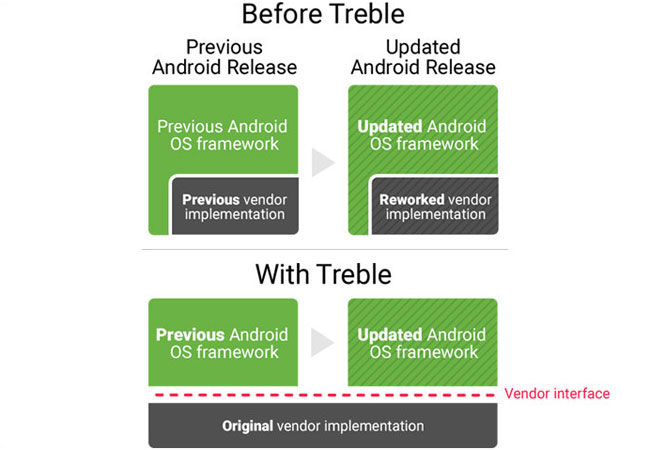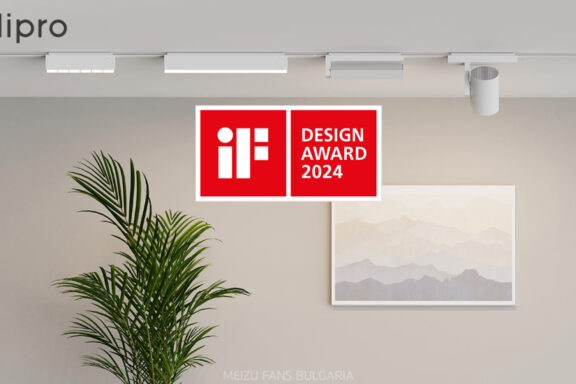
We all know how much smartphone users complain about the lack of OS updates or their excessive delay, unless they own a Nexus or Pixel. In terms of the Android version, the market is terribly fragmented. The table in the photo shows what the percentage distribution is at the end of October 2018, with no versions showing less than 0.1%. According to Google, this is a huge problem, because in addition to the old OS, the phones also have very old security patches.

However, updating the Android version is a long process. In addition, many phone manufacturers are developing their own user interface (such as Flyme at Meizu), which also needs to be updated. This process takes roughly half a year for each model. That’s why Google decided to make a change in its operating system by making it modular, in order to make it easier for manufacturers to update their smartphones. Naturally, manufacturers have the freedom to decide which phones they will continue to support and which they will not. After all, updates, or rather the lack of them, is one of the reasons consumers buy new products.
The change they made from Google is called Project Treble and was introduced last year with the release of Android 8.0 Oreo, and with Android 9 Pie this change in architecture can be considered complete. For this purpose, the Vendor Interface (VI) separated the low-level code developed by the hardware component suppliers (processors, modems, etc.) from the base operating system. Thus, smartphone manufacturers have the ability to update the OS themselves.

Until now, after the official release of a new version of Android, the companies that supply the hardware had to modify some of the code that manages their hardware so that it works with the updated OS. After completing this step, the device manufacturer can begin work on integrating the software provided by Google with its interface. Tests follow and only then can the user receive the expected update. With the separation of low-level software from the rest of the operating system, low-level items do not need to be refreshed with each new version of Android.
According to Google, the updated architecture can shorten the creation of an update for a model by about three months.
 FAN CLUB BULGARIA
FAN CLUB BULGARIA lipro won the German iF Design Award 2024
lipro won the German iF Design Award 2024 Meizu 20 INFINITY was honored with the International CMF Design Gold Award 2023
Meizu 20 INFINITY was honored with the International CMF Design Gold Award 2023 21st anniversary of Meizu
21st anniversary of Meizu